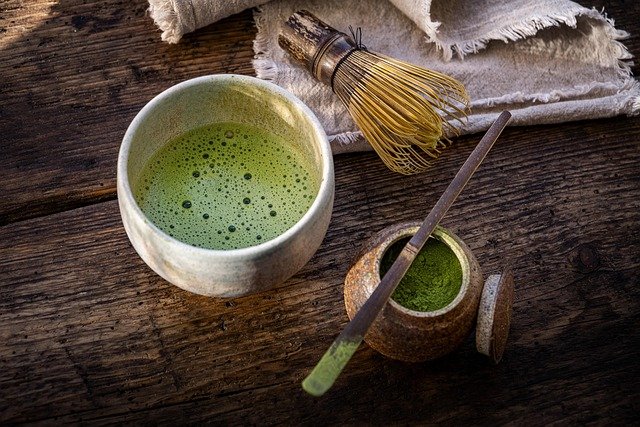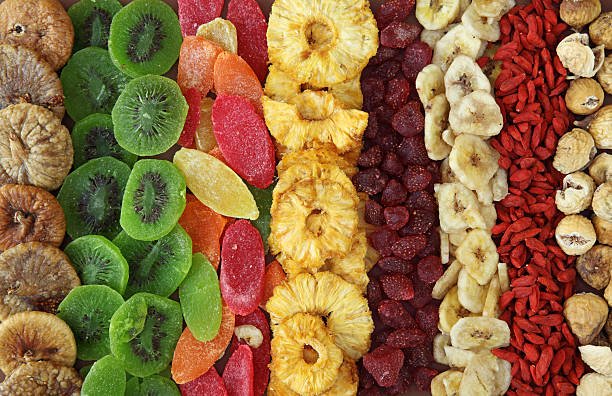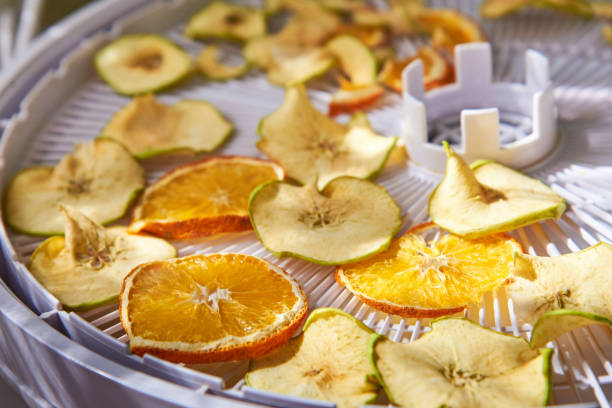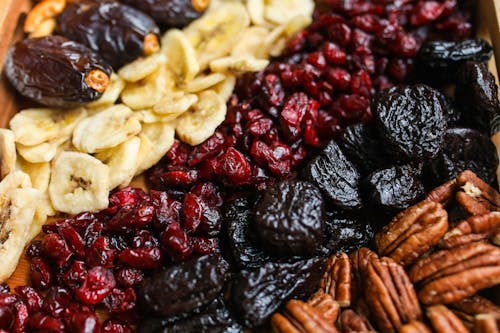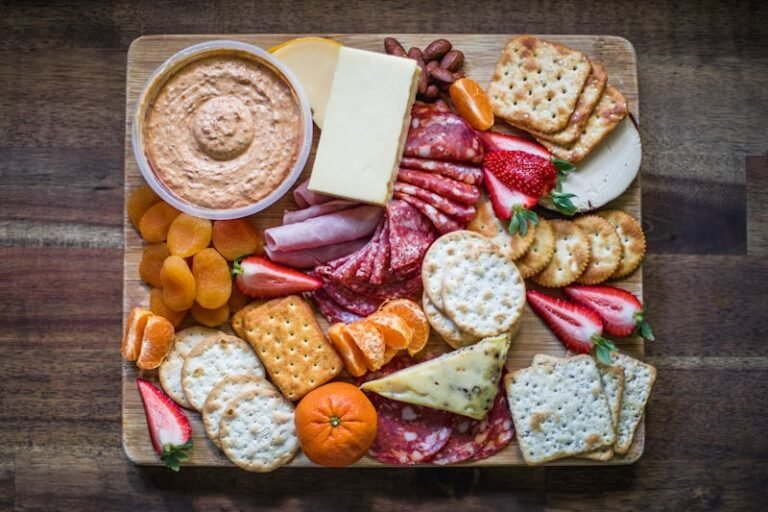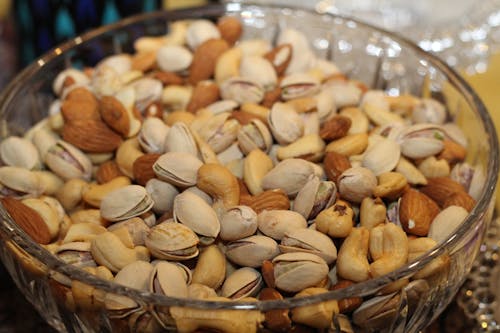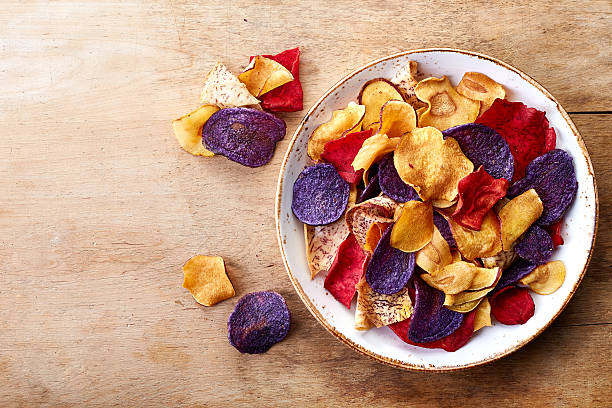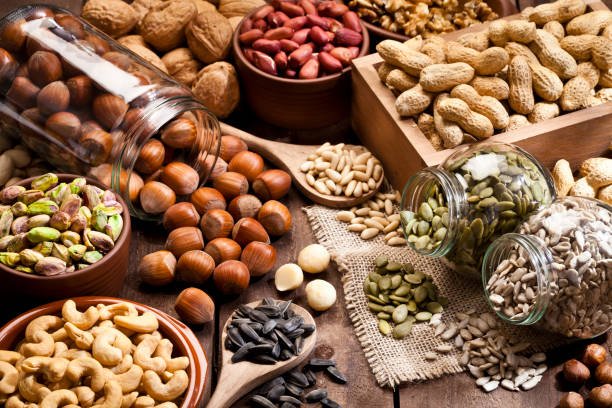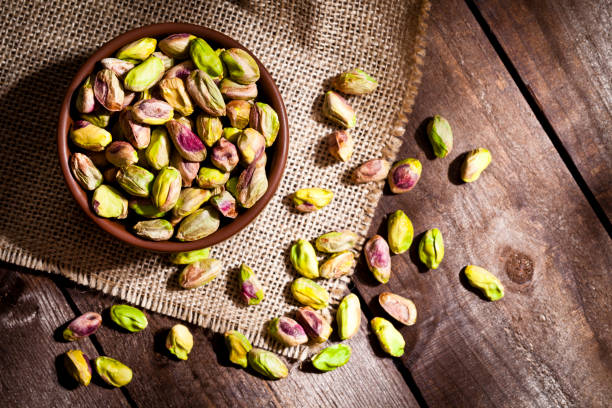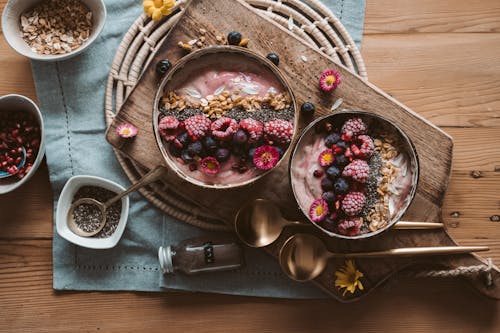This post may contain affiliate links, meaning that I may receive compensation if you make a purchase through these links. As an Amazon Associate, I earn from qualifying purchases. This compensation does not influence the content, or recommendations provided. The opinions expressed are my own, and I strive to provide honest and unbiased information.
Weight Loss Enemies in Your Kitchen: Toxins, Plastics, and Hormones, Oh My
Why Your Kitchen May Be Sabotaging Your Scale
You count calories, exercise regularly, and skip late-night snacks, yet the number on the scale won’t budge. Many people blame age or a “slow metabolism,” but a surprising culprit may be closer than you think: your own kitchen environment.
From food packaging to cleaning products, common household items can leak chemicals that confuse your hormones and quietly derail fat loss efforts.
Weight Loss Enemies in Your Kitchen-Meet the Hidden Villains
1. Endocrine-Disrupting Chemicals (EDCs)
EDCs are substances that mimic or block natural hormones. Even at tiny amounts, they can alter how your body stores fat, regulates appetite, and burns calories.
- Bisphenol A (BPA): Found in many food cans, water bottles, and plastic containers.
- Phthalates: Present in some plastic wraps, food storage bags, and even fragranced cleaners.
- Persistent Organic Pollutants (POPs): Chemicals that linger in the environment and can accumulate in fatty foods like meat or dairy.
These chemicals can interfere with insulin, estrogen, and thyroid hormones—all key players in weight management.
For Your Information:
Persistent Organic Pollutants (POPs): Why They Matter for Weight Control
What They Are
Persistent Organic Pollutants, or POPs, are a class of man-made chemicals designed to resist natural breakdown. Think of industrial pesticides like DDT, flame retardants such as polybrominated diphenyl ethers (PBDEs), and industrial by-products like dioxins and polychlorinated biphenyls (PCBs). Because they don’t degrade easily, these substances circulate for decades in soil, water, and air.
How They Enter the Food Chain
POPs are fat-soluble. Over time they build up in small organisms, then concentrate as they move up the food chain—a process called bioaccumulation. By the time they reach us, the highest levels are often found in:
- Fatty fish (especially those from contaminated lakes or coastal waters)
- Full-fat dairy products
- Meat with visible fat (beef, pork, poultry skin)
Impact on Hormones and Metabolism
Once ingested, POPs settle in human fat tissue, where they can persist for years. Research links long-term exposure to:
- Disrupted thyroid function, which slows metabolism.
- Altered estrogen and androgen levels, encouraging fat storage.
- Inflammation and insulin resistance, making it harder to burn fat and control appetite.
Reducing Exposure
You can’t avoid POPs completely—they’re everywhere—but you can lower your intake:
- Choose lean cuts of meat and trim visible fat before cooking.
- Choose low-fat or fat-free dairy when possible.
- Vary protein sources with plant-based options like beans or lentils.
- When buying fish, look for advisories about local waters or choose species known for lower contamination (e.g., wild-caught Alaskan salmon).
Why It Fits the Kitchen Conversation
POPs show how an apparently healthy food—like a creamy yogurt or a hearty grilled steak—can carry hidden chemicals that quietly interfere with weight loss. By combining leaner choices with safe cooking and storage habits, you reduce both calories and chemical load, giving your hormones one less obstacle.
2. Plastic Packaging and Storage
Plastic isn’t just a convenience issue; it’s a chemical delivery system. Heat, sunlight, or repeated washing can cause plastics to leach hormone-disrupting compounds into your food.
- Microwave meals in plastic containers release more chemicals when heated.
- Scratched or cloudy containers signal that the plastic is breaking down.
- Plastic water bottles left in a hot car can leach BPA and other toxins into your drink.
3. Non-Stick Cookware Coatings
That slick surface on a frying pan often contains per- and polyfluoroalkyl substances (PFAS), sometimes called “forever chemicals.” PFAS have been linked to metabolic changes, thyroid issues, and higher body-fat percentages.
When the coating chips or overheats, these compounds can migrate into food or linger in kitchen air.
4. Household Cleaners and Fragrances

Many multi-surface sprays, dish soaps, and air fresheners contain synthetic fragrances or solvents that act as endocrine disruptors. You breathe them in daily while prepping food. Over time, these can add to your body’s chemical load and indirectly affect weight-related hormones.
How These Chemicals Affect Weight
Hormones are the body’s chemical messengers. When BPA, phthalates, or PFAS enter the bloodstream, they can:
- Mimic estrogen, encouraging the body to store more fat.
- Disrupt thyroid function, slowing metabolism.
- Interfere with insulin signaling, increasing fat storage and appetite.
The tricky part is that these effects are subtle and cumulative. You won’t gain five pounds overnight, but long-term exposure can make weight loss dramatically harder.
Simple Swaps to Reduce Exposure

The good news? Small, consistent changes make a big difference.
Switch to Glass or Stainless Steel
Replace plastic storage containers and water bottles with glass, stainless steel, or ceramic. Look for BPA-free labels but remember that BPA substitutes (like BPS) can be just as disruptive—glass is safest.
Rethink Food Wrapping
Store leftovers in beeswax wraps, silicone bags, or parchment paper instead of cling film. When buying groceries, choose fresh or frozen foods instead of canned whenever possible.
Heat Safely
Never microwave food in plastic, even if labeled “microwave safe.” Transfer to a glass or ceramic dish first.
Upgrade Cookware
Invest in stainless steel, cast iron, or high-quality ceramic pans. These options last for decades and don’t release harmful chemicals when heated.
Go Fragrance-Free
Choose unscented or naturally scented cleaning products. A simple mix of vinegar, baking soda, and water can handle most cleaning tasks without endocrine disruptors.
Create a “Low-Toxin” Kitchen Routine
- Shop the outer aisles: Fresh produce, meat, and dairy typically involve less packaging.
- Wash fresh produce thoroughly: Pesticide residues can also affect hormone balance.
- Ventilate while cooking: Open a window or run a fan to disperse fumes from non-stick pans or cleaning products.
- Check recycling codes: Avoid plastics labeled #3 (phthalates), #6 (styrene), and #7 (may contain BPA).
Consistency matters more than perfection. Each small step lowers your overall chemical load and helps hormones work the way nature intended.
Why This Matters for Weight Loss
You can’t see or taste endocrine disruptors, yet they quietly influence appetite, metabolism, and fat storage. If you’ve plateaued despite a healthy diet and regular exercise, reducing your exposure to toxins and plastics might be the missing piece.
Weight Loss Enemies in Your Kitchen-Final Takeaway
Weight loss isn’t just calories in versus calories out. Your environment—especially your kitchen—can tip the scale before you ever take a bite. By swapping plastic for glass, choosing safer cookware, and avoiding fragranced cleaners, you give your hormones a chance to function normally.
Start small: replace one container, buy one cast-iron pan, or mix up a natural cleaner this week. Each step moves you closer to a kitchen that supports your goals rather than silently sabotaging them.
Call to Action:
Ready to reclaim your kitchen? Share which swaps you’ll start with in the comments and subscribe for more science-backed tips to keep your weight loss on track.
For more on food nutrition, read: Cancer Prevention-Food Heroes



